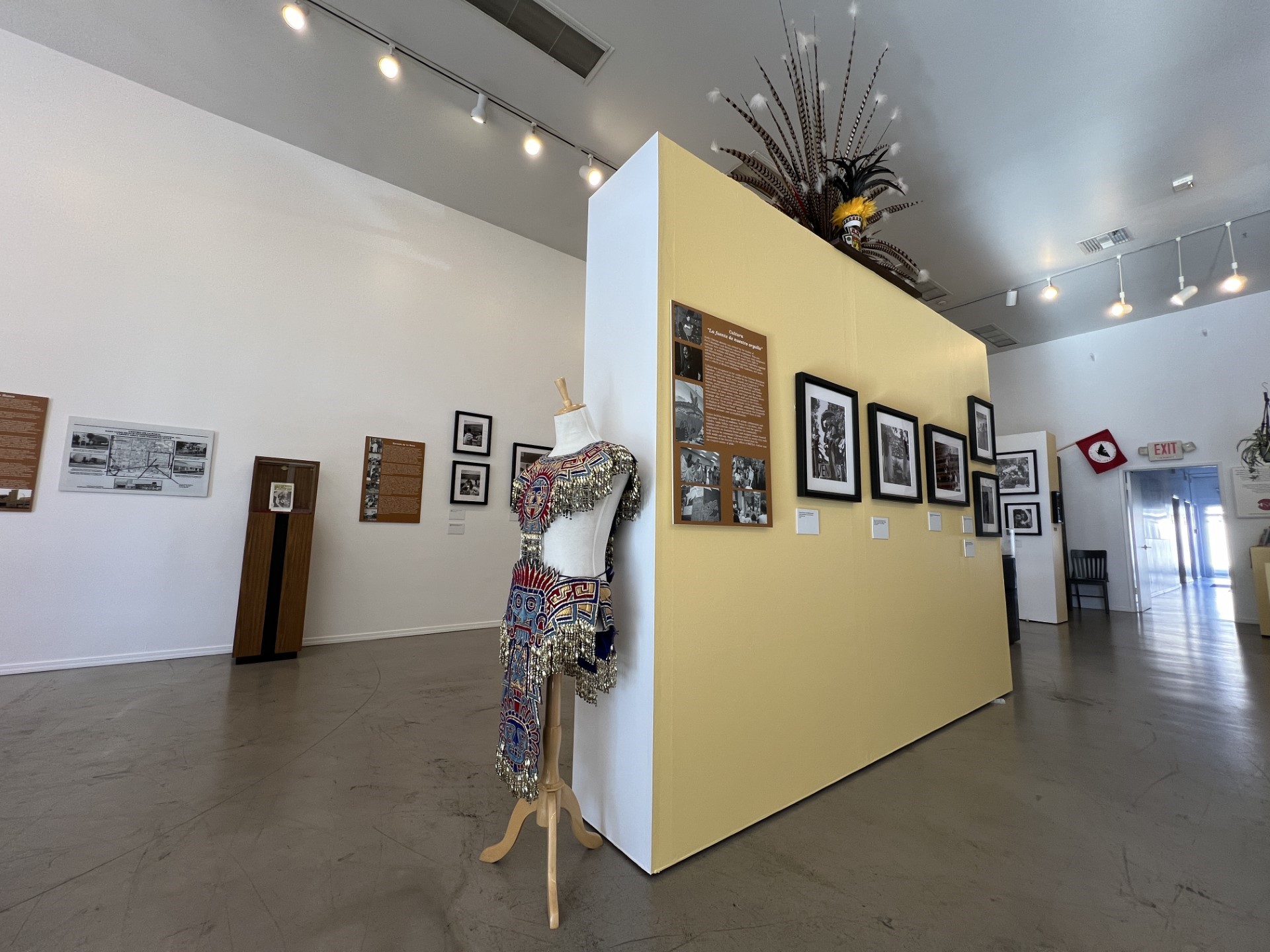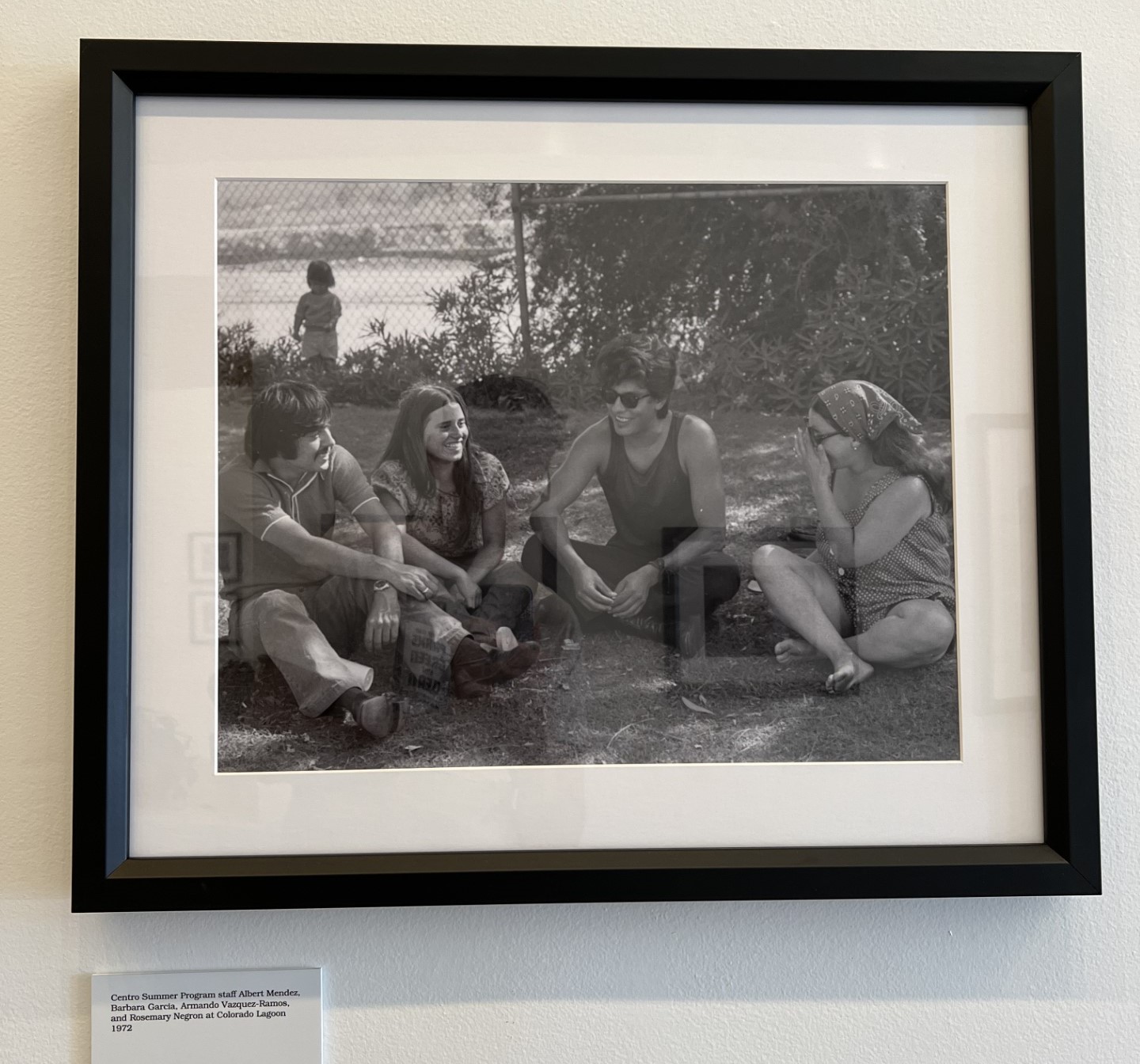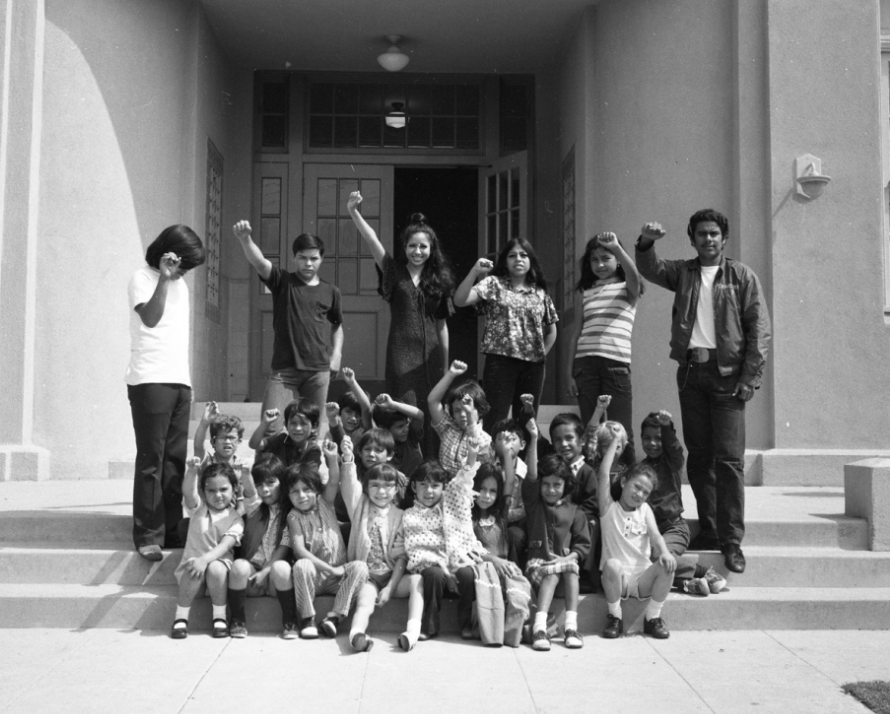
The Historical Society of Long Beach has recently opened its newest exhibit, Centro de La Raza: John A. Taboada Legacy Photo Collection, 1970-1985.
Centered around a “Barrio Center” established in 1969, the exhibit highlights the development of Long Beach’s Latino community with distinct sections that explore the history of several notable places, organizations, programs, events, and people of the local Chicano Movement. It includes a selection of photos taken by the late John Taboada.
“These images, on display for the very first time, help us understand the Chicano Movement through a local context,” said Brian Chavez, the project’s lead. “How it played out in Long Beach and how Long Beach played a role in the bigger movement.”

John Taboada was a former Long Beach State student, visual artist, musician, photographer, and Centro de La Raza educator. Before his passing, he spent countless hours digitizing nearly 3000 images taken during his years at the Centro de La Raza. Through his work, visitors can learn about the Centro’s former programs, people, activities, and locations served.
The Centro de La Raza was a community center that was made as a result of the rise in immigrant and migrant communities in Long Beach during the 1960s, alongside other factors such as students of color gaining the opportunity to go to college and universities for the first time. Centers like it were focused on improving the socioeconomic status of the Chicano community with the main goal of creating a community-based organization led by the community for the community, due to the understanding that only through self-determination can Chicanos improve their community.
To assist in these improvements, the Centro provided services in housing, education, employment, arts and culture, legal assistance, and more. The largest and most successful of their programs was the Escuela de La Raza, which operated a year-round Head Start and Summer Chicano Pride Program for grades K-10 and provided the foundation for educational careers and employment of Chicanos for nearly two decades.

The Centro was a significant force in cultivating change in the Chicano community as it empowered Chicano students and produced many professionals who helped change the political, cultural, and social power dynamics of Long Beach.
Through this exhibition, the Historical Society hopes to encourage visitors to help their community and to explore the untold stories of Long Beach’s history. They especially hope to give diverse audiences the chance to see themselves reflected in the city’s history.
“We hope to expand this project further and do not see the installation of this show as the end of this project,” said Chavez. “Much of this history is still largely unknown and untold. It is up to the Historical Society of Long Beach to continue our efforts to collect, preserve, and present this history.”
For more information about the exhibit or the Historical Society, visit their website at https://hslb.org/ or their Instagram page @historicalsocietyoflongbeach.





